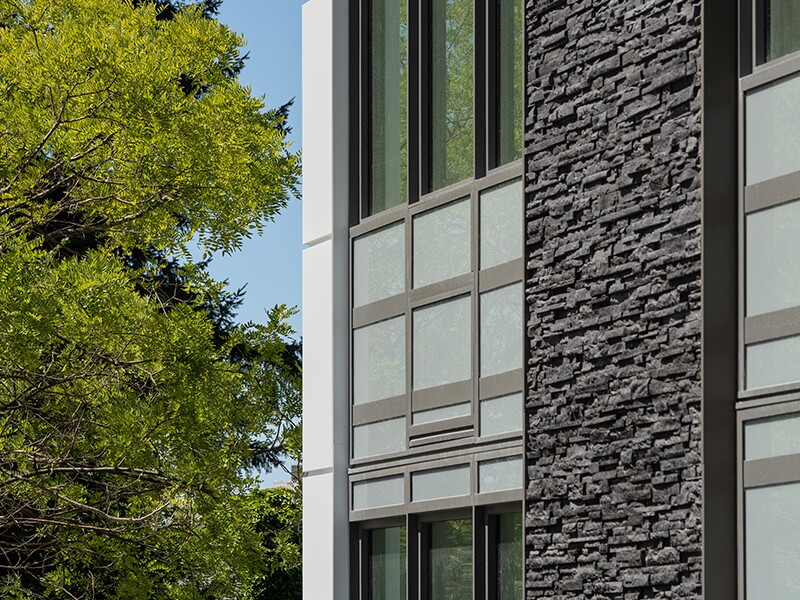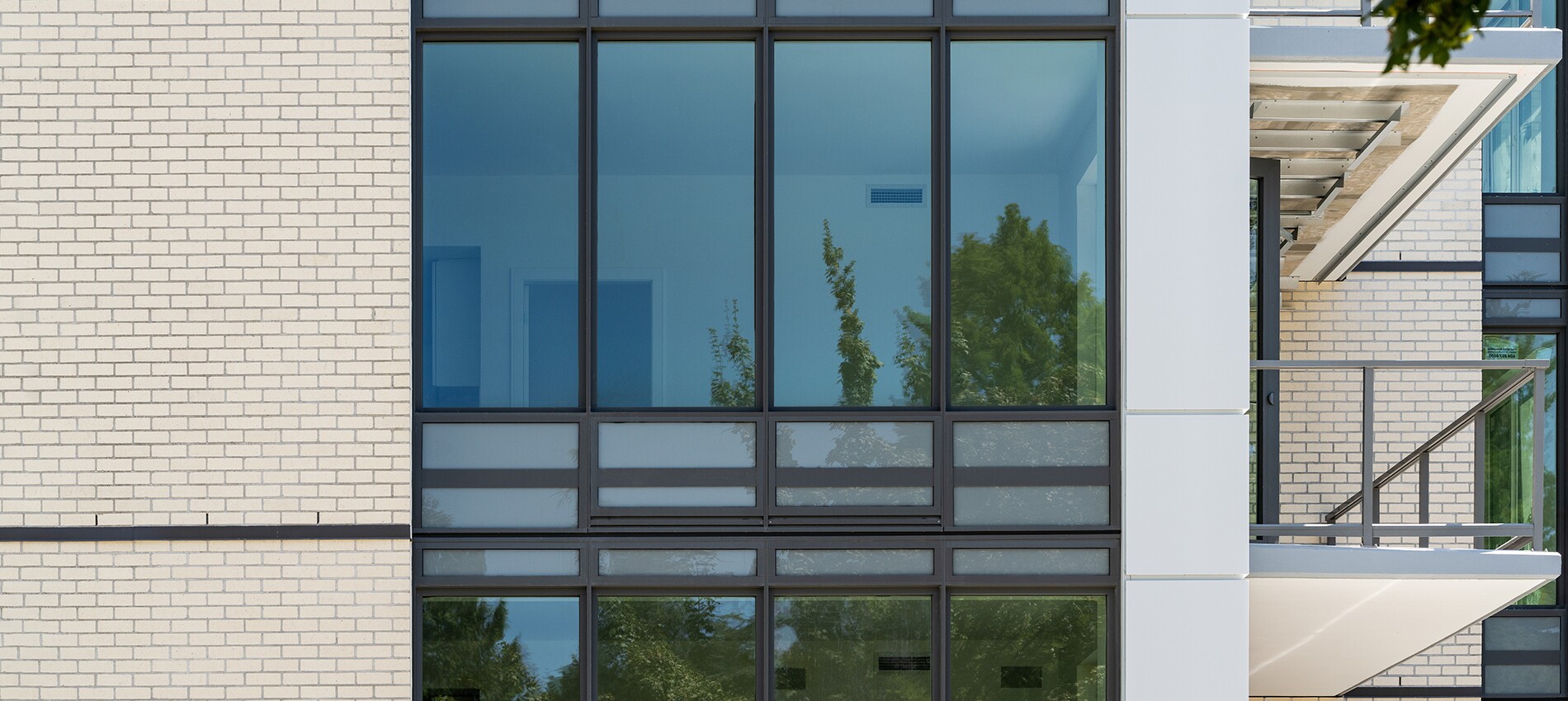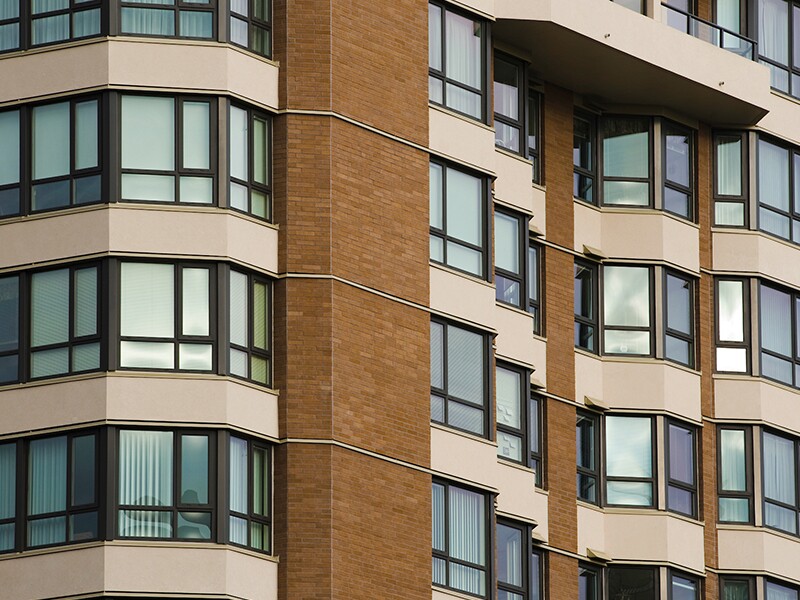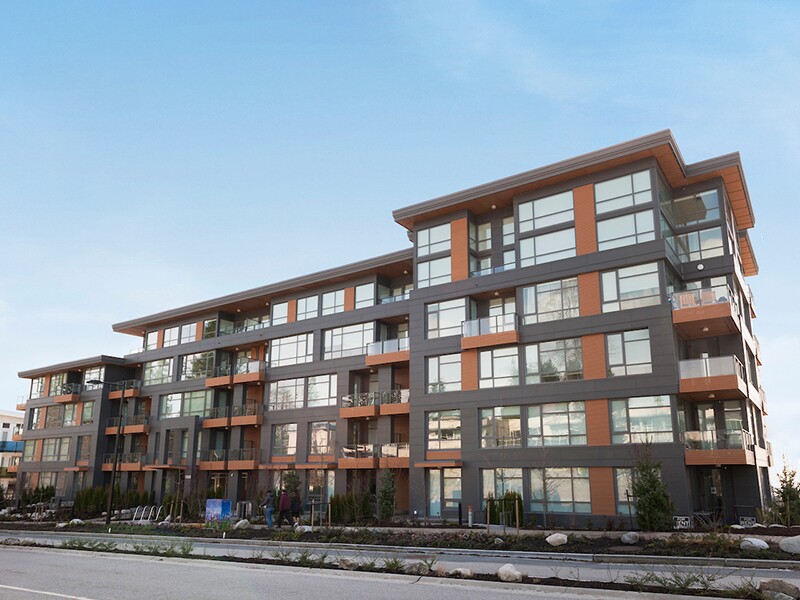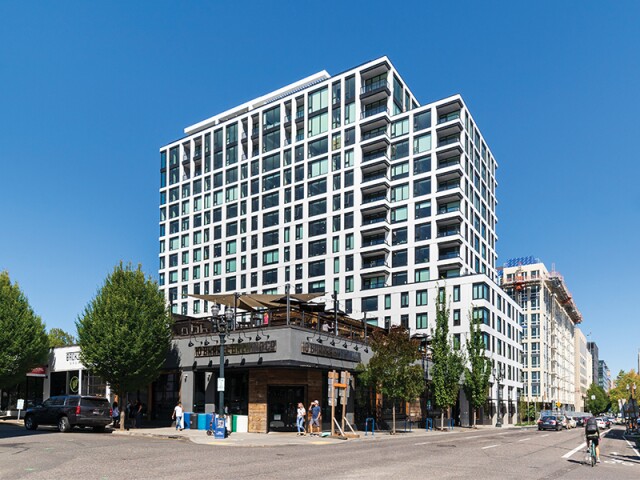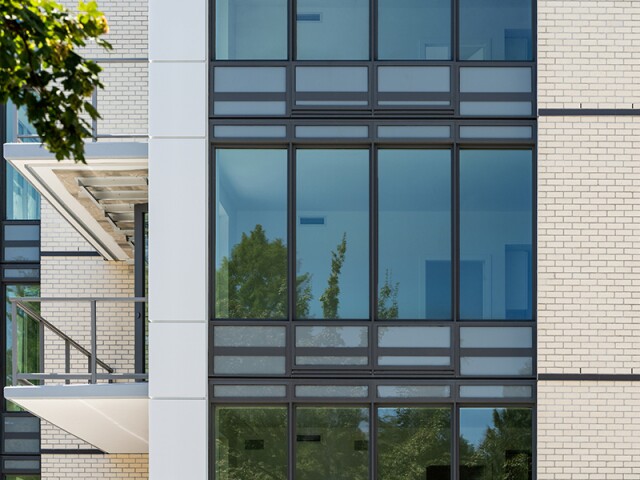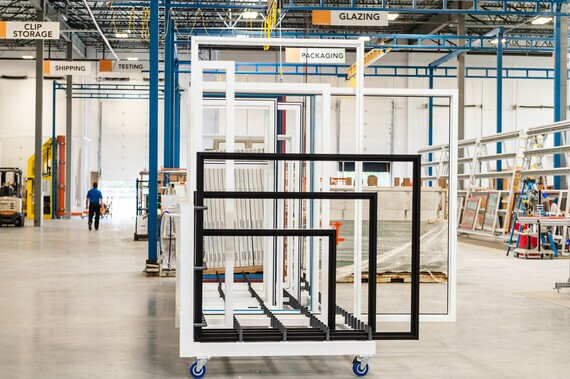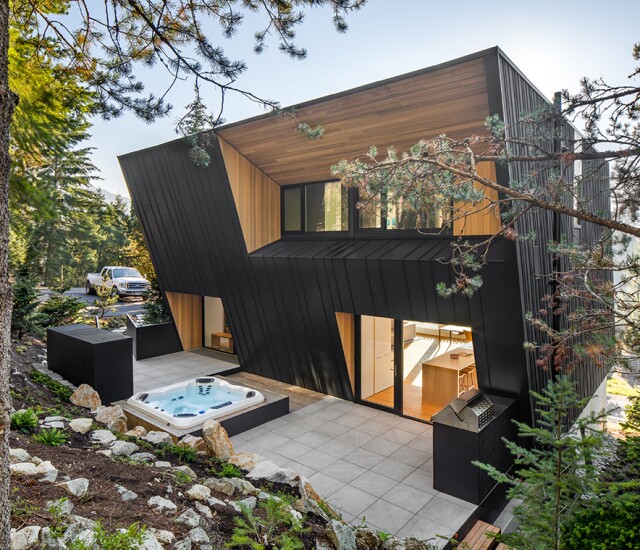While fiberglass windows have been successfully used in projects across Europe and North America for decades, older sections of Canadian codes have limited their domestic use.
That's why in 2017, a group of 10 window manufacturers partnered with the National Research Council of Canada to study combustible windows, with the aim of demonstrating they were safe to use in non-combustible construction. The subsequent findings of several S134 tests showed fiberglass, composite and vinyl windows met test standards, and became the basis for updates in the National Building Code pertaining to windows in non-combustible construction.
Previous Language in the NBC - 3.1.5.4.(5)
5) Combustible window sashes and frames are permitted in a building required to be of noncombustible construction provided
- a) each window in an exterior wall face is an individual unit separated by noncombustible wall construction from every other opening in the wall,
- b) windows in exterior walls in contiguous storeys are separated by not less than 1m of noncombustible construction, and
- c) the aggregate area of openings in an exterior wall face of a fire compartment is not more than 40% of the area of the wall face.
New Language in NBC 2020 Update- 3.1.5.4.(5)
5) Combustible window sashes and frames are permitted in a building required to be of noncombustible construction, provided they are vertically non-contiguous between storeys.
